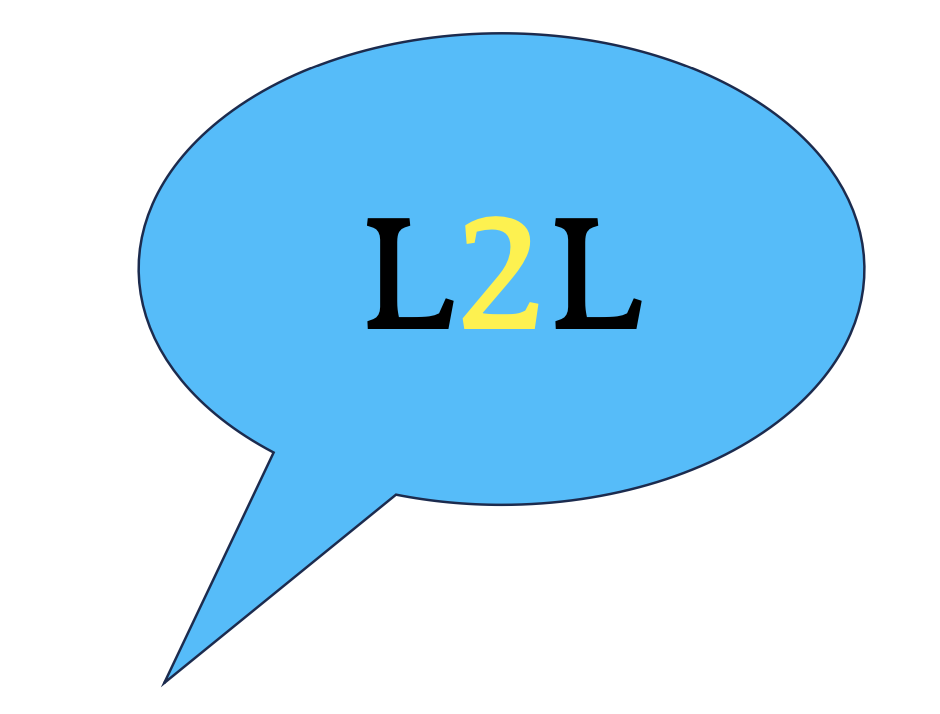Be part of a community-led approach to assessing health impact
- claredelmar
- Nov 21, 2023
- 4 min read

I’m delighted to share this blog from Josh Artus at Centric Lab. What they’re doing in rethinking and redesigning Health Impact Assessments is inspirational.
Clare Delmar
Listen to Locals
21 November 2023
Urban planning and economic development promise a lot.
However you’d expect the trickle down effect of ~£35bn per year in real estate development would start paying some social health dividends. It appears however that the only thing that trickles down is the bad stuff.
Physical and mental health disorders continue to rise as do the towers of mostly unaffordable apartments across our skylines; non-communicable diseases now count for 89% of deaths in the UK.
Despite the best endeavours of hard-working social, care, and health workers we’re still facing an uphill battle. We’re being bombarded with environmental and psychological stressors causing a disruption to the natural workings of our central nervous systems.
The prevalence of fine particulate matter, carcinogenic chemical pollution, and mass production of endocrine disrupting chemicals cause evidential harms linked to various cancers, including those in our reproductive system, depression, anxiety, Parkinson’s, dementia, autoimmune disorders, obesity, diabetes, miscarriages, neurodevelopmental disruption in the womb. Professors Sapolsky and Geronimushave for decades led a medical movement to detail the biological impacts of psychological stress.
Yet, when our health is evaluated it’s typically from a behavioural aspect: are we getting enough exercise; are we eating nutritious food; are we taking time out for meditation?
As many will tell you, these metrics gaslight, demean, and ignore the socio-economic and cultural factors that (a) allow for those conditions to even be possible, and (b) ignore the more insidious daily biological impacts to health we experience without our knowing or consent.
Take for example, a recent National Health Service (NHS) advertisement, shows a racialised Black woman eating a salad as a solution for obesity. This negates the complexity of the disease which is a dysregulation of various biological systems with links to childhood trauma, exposure to air pollution, malnutrition, and even light pollution. Framing obesity only as a set of behavioural choices is inaccurate.
We need to start rethinking our approaches to health: what causes it, and who’s setting the guidelines as to what matters? We need to have an evaluation process of health that is closer in tune with our lived realities in complex urban environments with multiple top-down stressors.
Conveniently, our parliamentary and policy systems recognise the value of public engagement in service design. Going back as far as 2010 the Empowerment White Paper highlighted the findings of the survey of local authority officers in 2006 which found that “the great majority of them believed that public engagement in their authority or service had led to better services.”
The WHO advise that an HIA is “a practical approach used to judge the potential health effects of a policy, programme or project on a population, particularly on vulnerable or disadvantaged groups”. This could be that very instrument to embody public engagement for better services and outcomes however, as a predominantly technocratic procedure its core principles have been watered down and influenced by vested interests.
If our governance and planning systems abided by the WHO guidance (like it does elsewhere) we would see some of the following activity associated to its intended 4 interlinking values:
● Democracy (involving stakeholder participation): At some point throughout the local, regional and national government systems a recognition that the design of HIAs is dependent upon the people who are impacted and those associated with the “wider determinants of health”.
● Equity (considering the impact on the whole population): Effective baselining to understand the health vulnerabilities and cultural nuances to determine whether supposed physical or policy interventions have any form of correlation to impact.
● Sustainable development: The understanding that places and neighbourhoods require a cultural qualification to determine their longevity, such as the growing need for multi-generational living in the home and not single unit housing delivered through typical housing minimum standards.
● Ethical use of evidence: Where broad associations between an intervention and health projection are not made, nor without analysis to the social programming that’s essential to its success.
There is a wealth of evidence from USA & Canada on the value of community involvement in designing Impact Assessments. It’s time we start designing them ourselves and advocating for our authorities to start implementing them.
Over the past year Centric Lab & Clean Air for Southall & Hayes have been working closely together to better understand how a community-led and designed Health Impact Assessment can refocus the £bns of development related finance to support community health needs and evaluate whether something is actually a “positive” impact on health.
We have been awarded grant funding to support 10 individuals with a £500 stipend each through a peer-to-peer learning process and additional funding for them working with their own community groups to use a toolkit to deliver a community led HIA. We believe that your expertise deserves to be treated the same as the consultants paid by the system.
The programme starts on 24th January with the application deadline of 8th Jan. We’re inviting members and friends of Listen to Locals and friends to join groups from around the UK working alongside each other to bring a greater sense of democracy, knowledge and dignity into the planning system for better health outcomes.
Josh Artus
Centric Lab
21 November 2023




